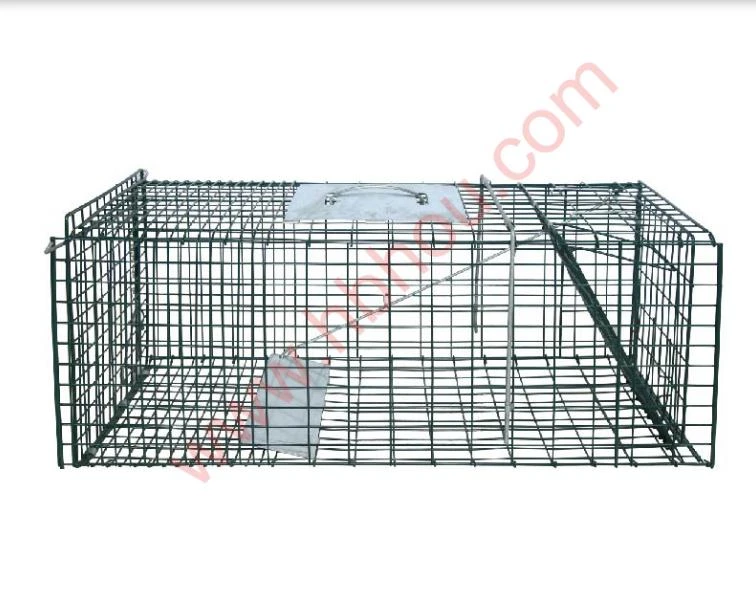Setting Up an Electric Fence for Goats
When it comes to keeping goats, one of the most important considerations is ensuring they remain secure while grazing. Goats are naturally curious and can be quite adventurous, often finding ways to escape their enclosures. A well-installed electric fence is an effective solution to keep them safe and contained, allowing them to roam within a designated area without the constant worry of them wandering off or becoming prey to predators. Here’s a comprehensive guide on how to set up an electric fence for your goats.
Understanding the Basics
An electric fence operates by delivering a short, high-voltage pulse to a fence line, which serves as a deterrent to curious goats. Goats generally have a pleasant tolerance for electricity, making them more responsive to electric fencing than other livestock. The goal is not to harm them but to teach them boundaries.
Materials Needed
Before starting, gather the necessary materials. You will need
1. Electric fence charger This device converts standard electrical current into high-voltage pulses. Choose one based on the length of the fence and the number of goats you have. 2. Insulated posts These are essential for holding the wires without allowing the charge to ground out. 3. Electric fencing wire Options include high-tensile wire or polywire. High-tensile wire is more durable, while polywire is easier to install and can be used for temporary fencing. 4. Insulators These keep the wire from touching the posts and prevent it from grounding. 5. Fence tester This tool ensures your fence is functioning correctly. 6. Ground rods and connectors Proper grounding is essential for the electric fence to work effectively.
Step-by-Step Installation
1. Plan Your Layout Start by deciding the size and shape of the area you want to enclose. Make sure to consider the natural behavior of goats—they like to climb and explore. Choose a site that is free from potential hazards, such as sharp objects or poisonous plants.
2. Install Corner and Gate Posts Begin by placing your corner posts, which will bear the tension of the fence. Ensure they are sturdy and deep enough to withstand any pushing or leaning from the goats. Install gates for easy access; use gate posts that can accommodate the electric fencing system.
setting up electric fence for goats

3. Set Intermediate Posts Depending on the length of your enclosure, place additional posts every 15 to 30 feet. These will help support the fence and maintain its shape.
4. Install Insulators Attach insulators to each post to hold the fencing wire. Ensure they are positioned at appropriate heights—typically, two to three wires running horizontally will suffice for goats.
5. String the Wire Begin at the energizer and string the wire through the insulators. If using multiple strands, start with the bottom wire and work your way up. Leave enough wire on each end for connecting to the fence charger.
6. Connect the Charger Connect the end of the fencing wire to the electric fence charger, ensuring it is secure and making contact. If your system requires grounding, hammer the ground rods into the ground and connect the ground wire to the rods.
7. Test the Fence After everything is set up, use a fence tester to ensure the system is working correctly. Walk the perimeter and check for any loose wires or areas where the electric current might short out.
8. Educate Your Goats Once the fence is operational, allow your goats to acclimate. You might consider training them by guiding them near the fence while it is turned on, helping them understand the boundaries.
Maintenance and Safety
Regularly check the electric fence for any damage from weather, animals, or vegetation that could short out the circuit. Make sure the plants near the fence are trimmed back to prevent overgrowth from touching the wire. Additionally, ensure that the charger is functioning and the connections remain tight.
Setting up an electric fence can be a practical and cost-effective solution for keeping your goats safe while allowing them to experience the freedom of grazing. With careful planning and installation, you can create a secure environment for your goats, ensuring their well-being and enhancing your farming experience.
















